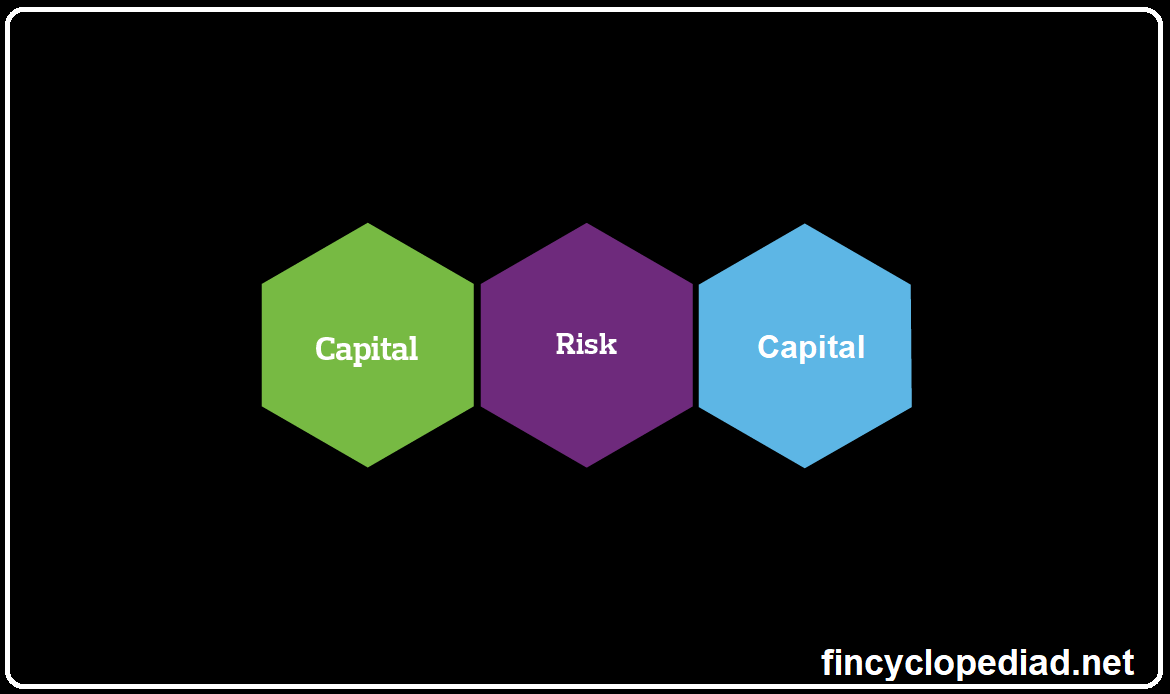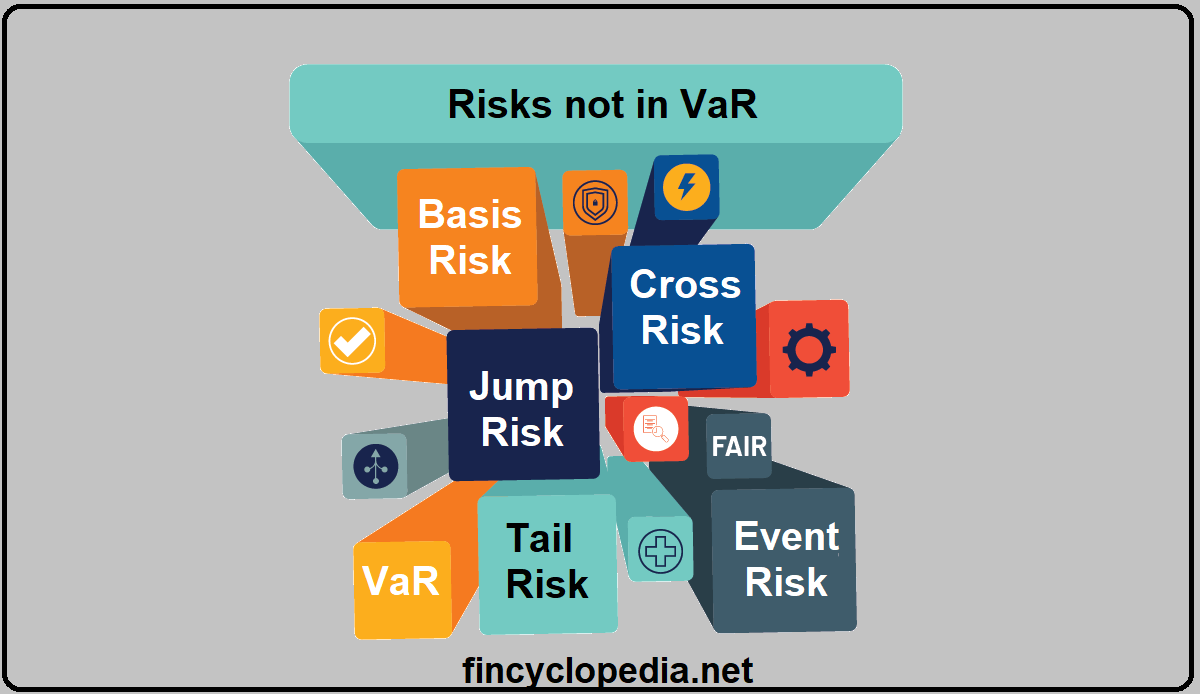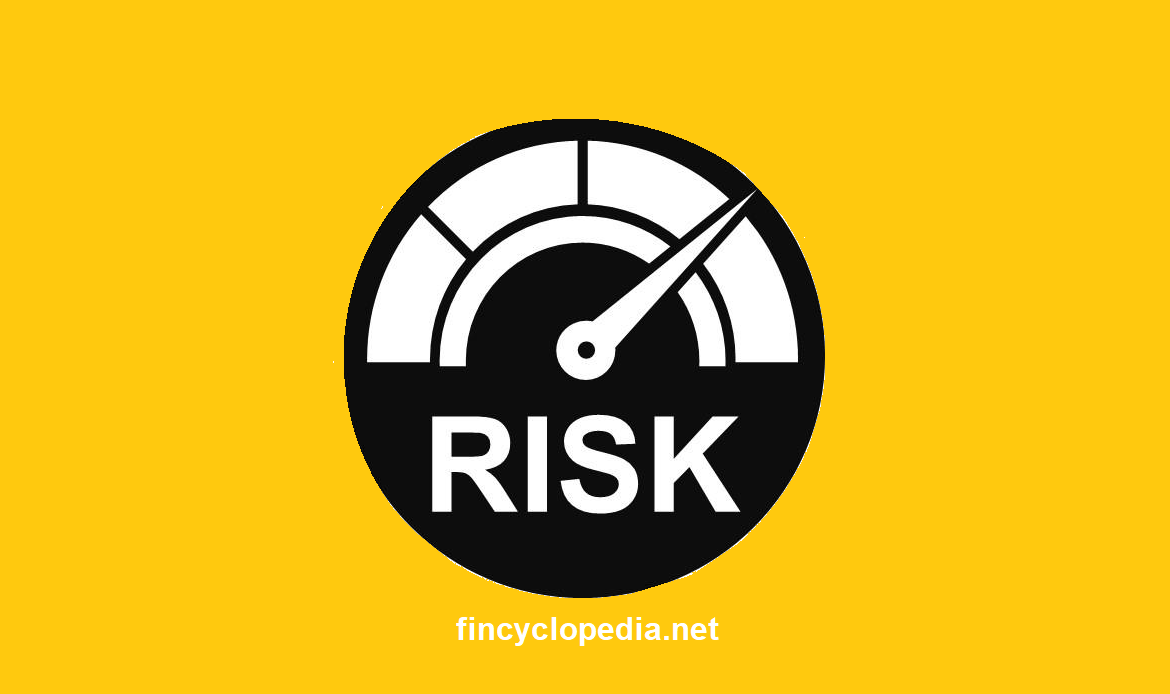For a bond (or generally any type of debt), it is its market value a few days after a default, expressed as a percentage of its face value. In other words, it represents the amount that is recovered in the event of a default by a risky (defaultable) debt instrument, related to its face value. According to Basel II, this rate is expressed in terms of the loss given default (LGD).
Recovery rates are remarkably negatively correlated with default rates. Empirical evidence indicates that a linear relationship does exist as follows:
Average recovery rate = 50.33% – 3.06 × speculative-grade default rate
For example, if the speculative-grade default rate is 2% per year, then the average recovery rate would be:
average recovery rate = 50.33% – 3.06 × 2% = 44.21%
In this sense, recovery rates are usually estimated from the market prices of defaulted debt shortly after default. This takes into account the value of the debt issuer’s assets, the estimated cost of the bankruptcy process, and various means of payment (cash or equity), discounted into the present.






